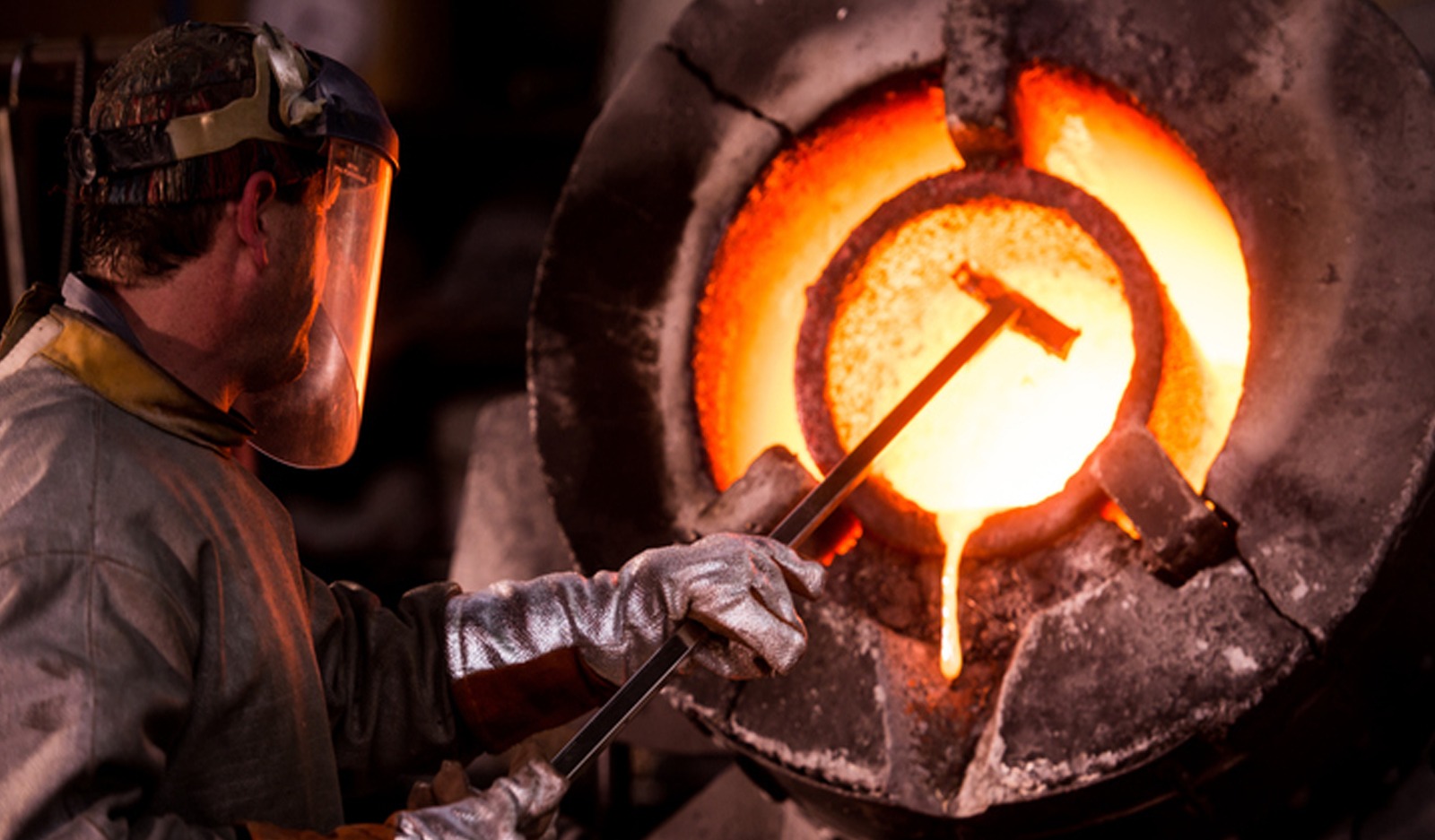Steel is one of the most widely used materials in the world, a crucial ingredient for everything from building houses to infrastructure to shipbuilding. We use steel for just about every application you can think of, it’s durable, flexible, sustainable and corrosion resistant, but it wouldn’t exist without raw materials such as iron.

There are many processes that can be used to turn iron into steel but the two main methods used are oxygen furnaces and electric arc furnaces.
Ingredients
Different ingredients are needed depending on the method used, however, these four are widely seen in most forms of steel production.
Coke
Along with iron, coal is the main ingredient that forms steel, but not just any coal, the ideal grade has low phosphorus and sulphur properties. This coal is heated to over 1000°C, in the absence of oxygen, which purifies the coal into a porous, high carbon substance called coke.
Elements
Depending on the grade of steel, elements such as manganese, nickel, chromium, vanadium, boron and chromium may be added to iron. Each have their own purpose to contribute to the steel alloy.
Flux
Flux is a cleaning agent which is added to the furnace to remove trace impurities such as phosphorus. Flux helps to draw the impurities out in the liquid slag, where often it can be reused. Common fluxes include inorganic chlorides, fluorides and limestone.
Pig Iron
To create usable pig iron from the raw material, a blast furnace is fed with iron ore, coke and small amounts of flux to collect impurities. The furnace is blasted with hot air at around 1200°C, which causes the coke to burn, producing carbon monoxide which reacts with the raw iron. Finally, the impurities are drained in a liquid called slag, before the molten pig iron.
Methods
Oxygen Furnace
The oxygen furnace is the most widely used method for making steel. In this method, the intermediate product, pig iron, is combined with steel scrap, usually under 30%, as well as a small amount of flux. Oxygen is blown into the furnace which increases the temperature to over 1700°C.
The pressurised oxygen reacts with the high levels of carbon found in the pig iron and scrap, forming CO as well as CO2. The oxygen also forces the flux to react with the various impurities which forms the slag layer, or oxidises and vents through the top of the furnace. The flux is drained leaving behind molten steel. Secondary processes may ensue, which vary depending on the steel’s purpose. The addition of other elements such as nickel, boron and chromium creates various steel alloys.
Electric Arc Furnace
The electric arc method, also called the mini-mill, does not involve processing raw iron, rather it recycles existing steel. The method uses minimal raw materials and is, therefore, a great method of reusing materials. The furnace is fed with the scrap steel, and if needed pig iron, or direct reduced iron (DRI). The heat is sourced from two electrodes which create an arc of electricity through the scrap metal. Around 35 million watts heat the scrap to 1600°C, forming molten steel. Impurities are skimmed using fluxes and drained through slag.
If you are considering steel for any construction purposes and would like a professional opinion, we can help.
Our team expert structural steel fabricators have the experience and knowledge to answer any of your questions and will ensure that you find the best solution to suit your needs. To contact us today, simply call, fax, email for a steel quote or drop by our Brookvale location.